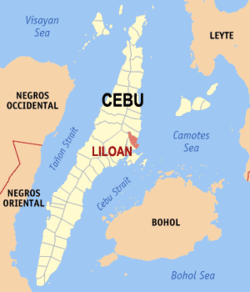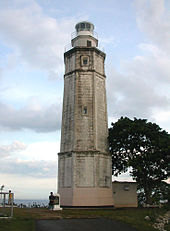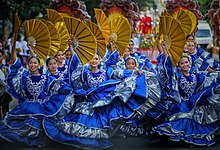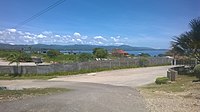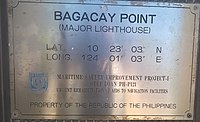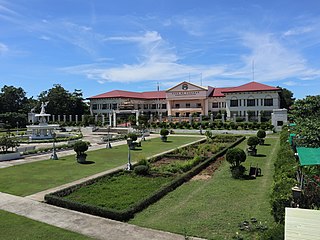
Talisay, officially the City of Talisay, is a 3rd class component city in the province of Cebu, Philippines. According to the 2020 census, it has a population of 263,048 people.

Guihulngan, officially the City of Guihulngan, is a 5th class component city in the province of Negros Oriental, Philippines. According to the 2020 census, it has a population of 102,656 people, the third-most populous city in Negros Oriental after the cities of Dumaguete and Bayawan. Guihulngan is also dubbed by its residents as the "rising city of the north".
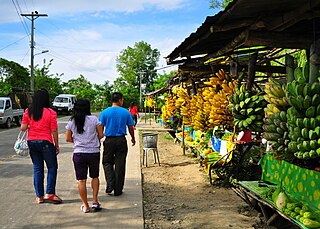
Balamban, officially the Municipality of Balamban, is a 1st class municipality in the province of Cebu, Philippines. According to the 2020 census, it has a population of 95,136 people.
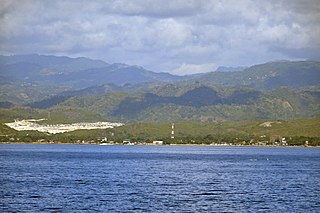
Compostela, officially the Municipality of Compostela, is a 3rd class municipality in the province of Cebu, Philippines. According to the 2020 census, it has a population of 55,874 people.

Consolacion, officially the Municipality of Consolacion, is a 1st class municipality in the province of Cebu, Philippines. According to the 2020 census, it has a population of 148,012 people.

Cordova, officially the Municipality of Cordova, is a 3rd class municipality in the province of Cebu, Philippines. According to the 2020 census, it has a population of 70,595 people.
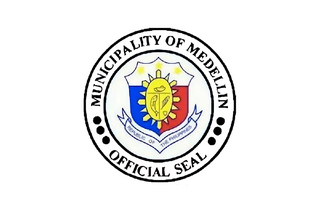
Medellin, officially the Municipality of Medellin, is a 1st class municipality in the province of Cebu, Philippines. According to the 2020 census, it has a population of 59,605 people.
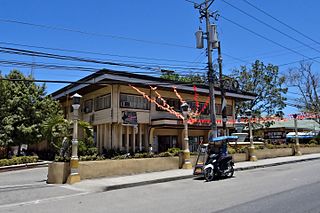
San Fernando, officially the Municipality of San Fernando, is a second-class municipality in the province of Cebu, Philippines. According to the 2020 census, it has a population of 72,224 people.
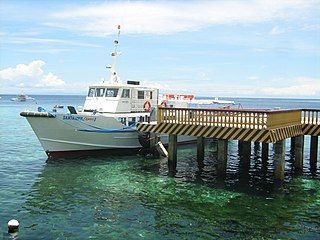
Santander, officially the Municipality of Santander, is a 4th class municipality in the province of Cebu, Philippines. According to the 2020 census, it has a population of 18,527 people.
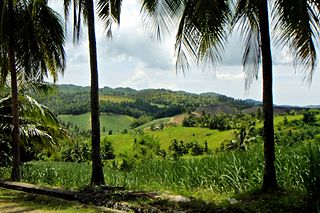
Sogod, officially the Municipality of Sogod, is a 2nd class municipality located in the northeastern part of Cebu, Philippines. According to the 2020 census, it has a population of 39,447 people.
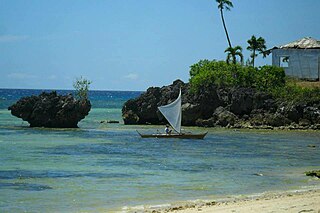
Tabuelan, officially the Municipality of Tabuelan, is a 4th class municipality in the province of Cebu, Philippines. According to the 2020 census, it has a population of 28,907 people.
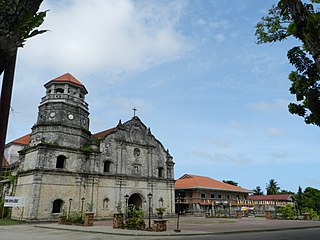
Panay, officially the Municipality of Panay, is a 3rd class municipality in the province of Capiz, Philippines. According to the 2020 census, it has a population of 48,890 people.

Titay, officially the Municipality of Titay, is a 2nd class municipality in the province of Zamboanga Sibugay, Philippines. According to the 2020 census, it has a population of 53,994 people.

Lapinig, officially the Municipality of Lapinig, is a 5th class municipality in the province of Northern Samar, Philippines. According to the 2020 census, it has a population of 11,844 people.

Liloan, officially the Municipality of Liloan, is a 4th class municipality in the province of Southern Leyte, Philippines. According to the 2020 census, it has a population of 24,800 people.

El Salvador, officially the City of El Salvador, is a 6th class component city in the province of Misamis Oriental, Philippines. According to the 2020 census, it has a population of 58,771 people.

Carcar, officially the City of Carcar, is a 5th class component city in the province of Cebu, Philippines. According to the 2020 census, it has a population of 136,453 people.

Naga, officially the City of Naga, is a 3rd class(unofficial) according to the Department of Finance (DOF)component city in the province of Cebu, Philippines. According to the 2020 census, it has a population of 133,184 people.

Rosquillos are Philippine cookies made from flour, eggs, shortening, sugar, and baking powder. They were originally created by Margarita “Titay” T. Frasco in 1907 in Liloan, Cebu. The name means "ringlet" in Spanish and was reputedly coined by Philippine President Sergio Osmeña.

Central Visayas is an administrative region in the Philippines, numerically designated as Region VII. It consists of four provinces: Cebu, Bohol, Negros Oriental, and Siquijor. The region also has three highly urbanized cities: Cebu City, Lapu-Lapu, and Mandaue.

